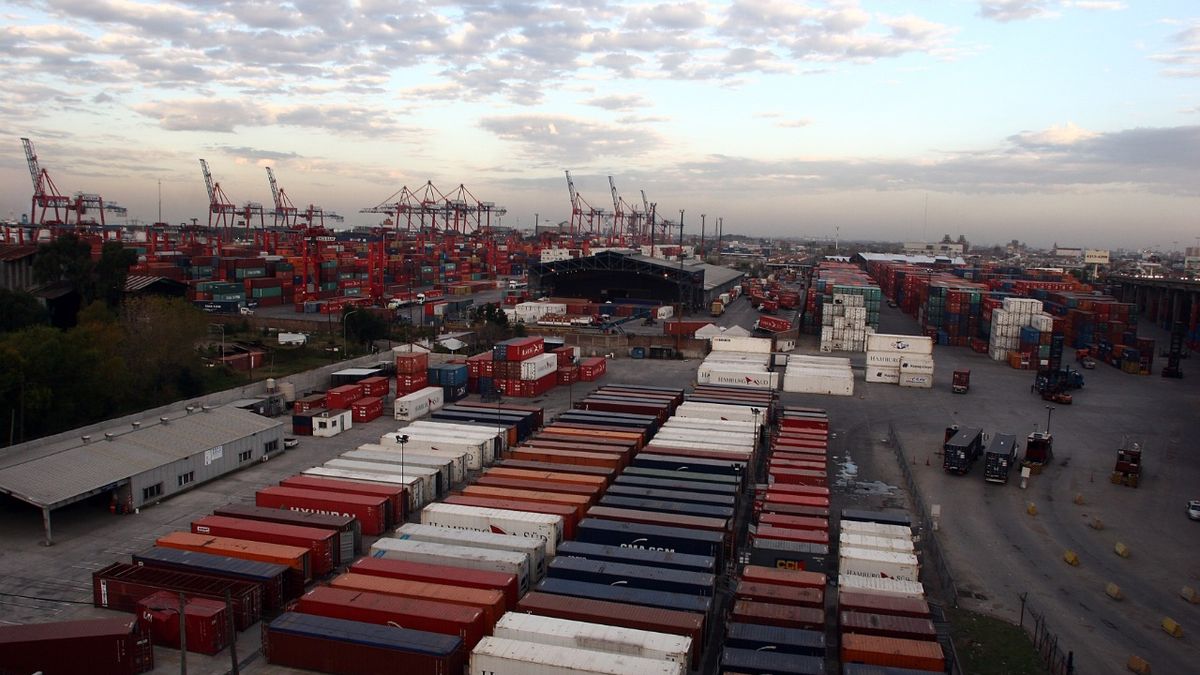World trade growth will slow to 1.7% in 2023, after an increase of 2.7% in 2022, according to the annual projections of the World Trade Organization (WTO) published this Wednesday in its “World Trade Outlook and Statistics”.
“It is expected that pace of trade expansion in 2023 is still poor, drowned by geopolitical tensions, food insecurity, potential financial instability coming from tightening monetary policy and rising debt levels,” the WTO warns.
WTO economists now forecast a trade volume growth of 1.7% in 2023 -up from the estimate of 1% made in October-, although below 2.7% in 2022.
According to the WTO, a key factor in this improvement is the easing of controls related to the covid-19 pandemic in Chinawhich would release cumulative consumer demand in the country and thus stimulate international trade.
For this year, world GDP growth of 2.4% is expected.
Regarding world trade in 2022, the 2.7% annual increase was lower than the 3.5% estimated in the October revision due to the quarter-on-quarter decrease due to the slowdown in global growth. Among the factors that slow down the evolution of trade are global inflation of basic products, as well as the tightening of monetary policy in response to inflation.
According to the Chief Economist of the WTO, Ralph Ossa: “The persistent effects of the Covid-19 and the growing geopolitical tensions were the main factors that affected trade and production in 2022and it is likely that 2023 the same happens. Interest rate hikes in advanced economies have also revealed weaknesses in banking systems that, if not addressed, could lead to further financial instability. Governments and regulators must be vigilant against these and other financial risks in the coming months.”
For 2024trade growth they expect to pick up up to 3.2%, and that GDP grows at 2.6%, but this estimate is more uncertain than usual due to the presence of importants downside risksincluding geopolitical tensions, food supply disruptions, and the potential for unintended consequences of tightening monetary policy.
In the case of differences between regions, they anticipate that exports of Europe grow 1.8% in 2023, while imports from Europe will be 0.6% this year, less than previously estimated.
They expect North America record the highest growth in merchandise exports of all WTO regions in 2023 (3.3%), followed by the Commonwealth of Independent States (2.8%), Asia (2.5%) and Europe (1 .8%). Weaker export growth is expected in the Middle East (0.9%) and South America (0.3%), and a decline in merchandise exports from Africa (-1.4%).
Source: Ambito




